Home>diy>Building & Construction>How Fast Do You Go In A Construction Zone
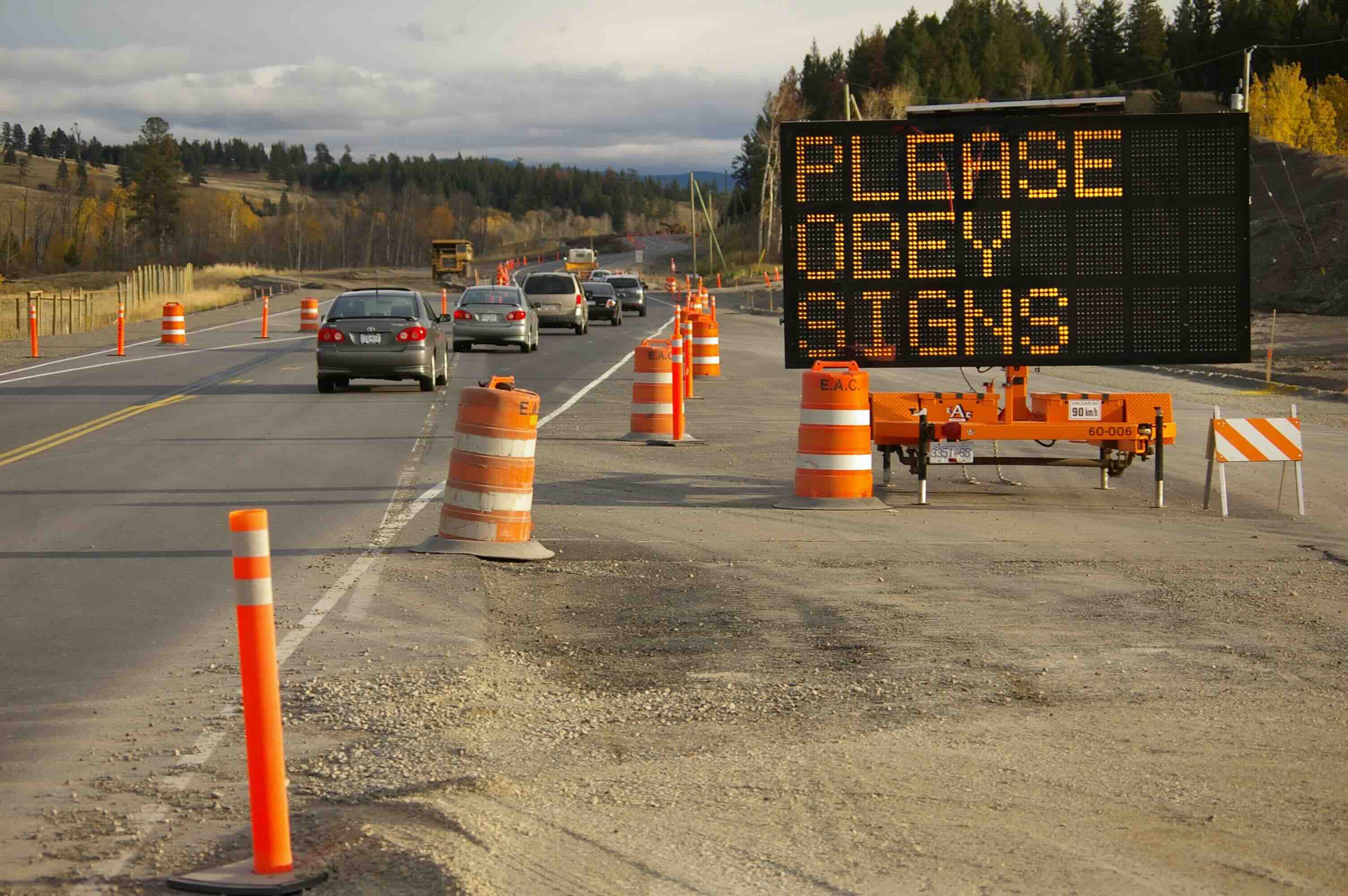

Building & Construction
How Fast Do You Go In A Construction Zone
Modified: January 24, 2024
Find out the speed limits in building construction zones to ensure safety. Know how fast you can go in a construction zone for a smooth and controlled driving experience.
(Many of the links in this article redirect to a specific reviewed product. Your purchase of these products through affiliate links helps to generate commission for Storables.com, at no extra cost. Learn more)
Introduction
Welcome to the world of construction zones, where the hustle and bustle of building projects transform roadways into dynamic work areas. As drivers, it’s crucial for us to understand the importance of safely navigating these zones and adhering to the designated speed limits. The purpose of this article is to explore the various factors that influence speed limits in construction zones and the potential consequences of reckless driving. By the end, you’ll have a clear understanding of why it’s essential to slow down and stay vigilant when passing through these construction areas.
Key Takeaways:
- Slow down and stay vigilant in construction zones to prioritize safety for workers and motorists. Adhering to speed limits reduces the risk of accidents and legal consequences, setting a positive example for other drivers.
- Follow safety guidelines, maintain a safe following distance, and be patient in construction zones. By driving responsibly, you contribute to a safer driving culture and ensure the well-being of everyone on the road.
Read more: How Fast Can You Go In A Construction Zone
Understanding construction zones
Construction zones are temporary areas where construction or maintenance work is taking place on or alongside roadways. These zones are marked by signs, barriers, and temporary traffic control measures to ensure the safety of both workers and motorists. Construction zones can vary in size and complexity, ranging from small repairs on local roads to large-scale infrastructure projects on highways.
Within these zones, you may encounter a range of activities, including road resurfacing, bridge repairs, utility installations, and other construction-related tasks. These activities often require specialized machinery, which can contribute to limited visibility and potentially hazardous conditions. Therefore, it’s crucial to exercise caution and follow the guidelines provided in these designated areas.
Construction zones are typically indicated by warning signs, including orange cones, barrels, and barricades. These signs are placed well in advance of the actual work area to allow drivers ample time to adjust their speed and approach the construction site safely. It’s important to pay attention to these signs and be prepared to slow down or change lanes as directed.
Additionally, construction zones often have reduced lane widths, temporary detours, and altered traffic patterns. These temporary changes are put in place to accommodate construction activities and can lead to unexpected traffic congestion and delays. Staying alert and being patient is crucial to maintaining a safe and organized flow of traffic.
Speed limits in construction zones
Speed limits in construction zones are typically lower than the regular speed limits on the surrounding roadways. The reduced speed limits are implemented to ensure the safety of both construction workers and motorists passing through the area. It’s important to note that these speed limits are enforced and violations can result in fines and penalties.
The specific speed limit in a construction zone can vary depending on factors such as the type of construction activity, the condition of the road, and the presence of workers or equipment. Commonly, speed limits in construction zones range from 45 to 55 miles per hour, but they can be lower depending on the circumstances.
It’s essential to be vigilant and pay close attention to posted speed limit signs in construction zones. These signs are typically accompanied by fines listed for speeding violations. Remember, even if there are no workers or equipment visible, it’s crucial to maintain the designated speed within the construction zone.
Some construction zones may have variable speed limits that change based on different times of the day or traffic conditions. These dynamic speed limits are often displayed on electronic signs and are adjusted to ensure optimal traffic flow and worker safety. Always be aware of any changing speed limits and abide by them accordingly.
Factors affecting speed limits
Several factors come into play when determining speed limits in construction zones. These factors are carefully considered to ensure the safety of both drivers and construction workers. Understanding these factors can help drivers comprehend the necessity of adhering to the designated speed limits.
1. Workzone Conditions: The condition of the workzone itself plays a significant role in determining the speed limits. Factors such as temporary road surface quality, visibility, lane width, and obstacles present in the construction zone can affect the safe operating speed for vehicles.
2. Proximity to Workers: If there are construction workers present near the roadway, the speed limit is often reduced to provide a buffer zone for their safety. This ensures that drivers have enough time to react if a worker unexpectedly enters the roadway.
3. Roadside Hazards: Construction zones may exhibit various hazards, such as uneven pavement, road debris, loose gravel, or unmarked changes in the pavement surface. Lower speed limits are enforced to give drivers enough time to navigate these hazards safely.
4. Temporary Traffic Control Measures: Construction zones are equipped with temporary traffic control measures such as cones, barriers, and signage to guide drivers through the area safely. Reduced speed limits allow drivers to have better control and reaction time when maneuvering through these temporary traffic control measures.
5. Presence of Heavy Machinery: Construction zones often involve the use of heavy machinery such as cranes, excavators, and dump trucks. These machines can create blind spots and have slower acceleration and braking capabilities. Lower speed limits help drivers maintain a safe distance from these machines and mitigate the risks of collisions.
6. Worker Safety: The primary objective of reducing speed limits in construction zones is to prioritize the safety of the workers. Lower speeds provide a safer work environment and minimize the risk of accidents and injuries.
Understanding these factors can help drivers comprehend why it is crucial to adhere to the designated speed limits in construction zones. By driving at an appropriate speed, drivers can significantly contribute to the safety of both themselves and the construction workers.
Always obey the posted speed limit in a construction zone. Fines for speeding in these areas are often doubled, and the safety of workers and other drivers is at risk.
Penalties for speeding in construction zones
Speeding in construction zones is not only dangerous but can also result in significant penalties and fines. The severity of the penalties varies based on the state and jurisdiction, but they are generally stricter in construction zones due to the increased risks involved.
The penalties for speeding in construction zones typically include fines, license points, and even potential license suspension. Let’s take a closer look at some of the common penalties:
1. Increased Fines: The fines for speeding violations in construction zones are often higher than regular speeding fines. This is done to deter drivers from disregarding speed limits in areas where construction workers and equipment are present. The exact amount of the fine varies depending on the severity of the violation and the jurisdiction.
2. License Points: Speeding in a construction zone can result in the accumulation of points on your driving record. These points are assigned by the licensing authority and can lead to the suspension or revocation of your driver’s license. Accruing too many points may also result in increased insurance premiums.
3. License Suspension: In some cases, excessive speeding in construction zones can lead to an immediate license suspension. This is particularly true if the speeding violation causes injury or results in the loss of life. License suspension can have severe consequences, including loss of driving privileges, hefty fines, and mandatory driver education programs.
4. Traffic School or Defensive Driving Courses: Depending on the jurisdiction, drivers who receive a speeding ticket in a construction zone may be required to attend traffic school or defensive driving courses. These programs aim to educate drivers about the dangers of speeding and promote safe driving practices.
It’s important to note that penalties for speeding in construction zones may vary, so it’s essential to familiarize yourself with the specific laws and regulations in your area. As responsible drivers, it’s our duty to respect the speed limits in construction zones and prioritize the safety of ourselves, construction workers, and fellow motorists.
Importance of adhering to speed limits in construction zones
Adhering to speed limits in construction zones is of utmost importance for the safety of all individuals involved – construction workers, drivers, and pedestrians. Here are a few reasons why it is crucial to obey these speed limits:
1. Worker Safety: Construction zones are active work areas where construction workers are present, often in close proximity to moving vehicles. By driving at the designated speed limit, you provide a safer environment for these workers. Slower speeds allow you to react in a timely manner, reducing the risk of accidents and injuries.
2. Hazard Mitigation: Construction zones often have temporary changes to road conditions, such as narrowed lanes, uneven surfaces, or temporary detours. Slower speeds give you more control over your vehicle, enabling you to navigate these hazards safely.
3. Reduced Collisions: Speeding increases the risk of collisions, as higher speeds require longer stopping distances and reduce your ability to react to sudden changes in the roadway. By adhering to speed limits, you decrease the likelihood of rear-end collisions, side-swipes, and other accidents that can occur in construction zones.
4. Pedestrian Safety: Construction zones may also have pedestrians, such as construction workers or nearby residents, who need to navigate through the area. By driving at an appropriate speed, you increase the safety of these pedestrians, giving them adequate time to cross the road safely.
5. Legal Consequences: As mentioned earlier, speeding in construction zones can result in significant penalties and fines. By obeying speed limits, you avoid legal consequences that can impact your driving record, finances, and even result in the suspension of your driver’s license.
6. Setting a Positive Example: By driving responsibly and adhering to speed limits in construction zones, you serve as a role model for other drivers. Your actions contribute to creating a safer driving culture and encourage others to follow suit.
Remember, construction zones are temporary but necessary areas where road improvements and repairs are taking place. As motorists, it is our responsibility to prioritize safety in these zones. By adhering to speed limits, we can help ensure the well-being of construction workers, maintain orderly traffic flow, and prevent unnecessary accidents and injuries.
Tips for safe driving in construction zones
Driving through construction zones requires extra vigilance and caution to ensure the safety of everyone on the road. Here are some essential tips to help you navigate construction zones safely:
1. Slow down and obey speed limits: Always drive at or below the posted speed limit in construction zones. Reduced speed limits are in place to account for changes in road conditions and the presence of construction workers. Slowing down gives you more time to react to unexpected situations.
2. Pay attention to signage: Construction zones are well-marked with signs indicating lane changes, detours, and specific instructions. Stay alert and follow these signs to navigate through the construction zone safely. Be prepared for temporary changes in lane configurations.
3. Maintain a safe following distance: Leave a generous amount of space between your vehicle and the one ahead in case of sudden stops or slowdowns. This extra distance allows for more reaction time and mitigates the risk of rear-end collisions.
4. Merge safely: When merging into a construction zone, be patient and yield to other vehicles. Use your indicator to signal your intentions and merge at an appropriate speed. Avoid last-minute lane changes or cutting off other drivers.
5. Watch for workers and equipment: Keep an eye out for construction workers and equipment operating in the zone. Be patient and give them the right of way. Stay alert for any workers on foot and avoid distractions that may divert your attention from the road.
6. Avoid distractions: Distracted driving is dangerous, especially in construction zones. Put away your phone, avoid eating, and focus solely on the task of driving. Keep your attention on the road, signage, and the movements of other vehicles.
7. Be prepared for delays: Construction zones often result in traffic congestion and delays. Plan your journey accordingly, allowing extra time to reach your destination. Be patient and avoid aggressive driving behaviors such as tailgating or weaving through traffic.
8. Follow the instructions of flaggers: In some construction zones, flaggers may be present to redirect traffic. Pay close attention to their signals and follow their instructions carefully. Their main goal is to efficiently guide traffic and ensure everyone’s safety.
9. Stay calm and avoid road rage: Construction zones can be stressful due to traffic disruptions. However, it’s essential to remain calm and composed. Engaging in road rage or aggressive behavior endangers everyone on the road. Take deep breaths and maintain a positive mindset.
10. Be aware of the surroundings: Keep an eye out for any upcoming hazards or changes in the construction zone. Be aware of merging traffic, construction vehicles entering or exiting the work area, and potential debris on the road. Anticipate and react accordingly.
By following these tips, you can ensure your safety and the safety of others when driving through construction zones. Remember, patience, attentiveness, and adherence to the rules of the road are crucial for a smooth and incident-free journey.
Conclusion
Driving through construction zones requires a heightened level of attention and caution. By understanding the importance of adhering to speed limits and following safety guidelines, we can help ensure the well-being of construction workers, fellow motorists, and ourselves.
Construction zones are temporary work areas that pose unique challenges and hazards. Reduced speed limits are put in place to account for these factors and provide a safer environment for both workers and drivers. By driving at appropriate speeds, we minimize the risk of accidents, protect construction workers, and navigate through temporary changes in road conditions more effectively.
Additionally, obeying speed limits in construction zones helps us avoid legal consequences such as fines, license points, and even license suspension. It also sets a positive example for other drivers, contributing to a safer driving culture in our communities.
When driving through construction zones, it’s important to pay attention to signage, maintain a safe following distance, and be mindful of construction workers and equipment. Avoid distractions, plan for potential delays, and follow the instructions of flaggers or other traffic control personnel.
Remember to stay calm and patient, as construction zones can be frustrating. A cooperative and respectful attitude goes a long way in ensuring a safe and smooth flow of traffic.
By following these tips and guidelines, we can all do our part to promote safety and prevent accidents in construction zones. Let’s prioritize the well-being of construction workers, fellow drivers, and pedestrians as we navigate through these temporary work areas.
Together, we can make a positive impact and create a safer environment for everyone on the road.
Frequently Asked Questions about How Fast Do You Go In A Construction Zone
Was this page helpful?
At Storables.com, we guarantee accurate and reliable information. Our content, validated by Expert Board Contributors, is crafted following stringent Editorial Policies. We're committed to providing you with well-researched, expert-backed insights for all your informational needs.

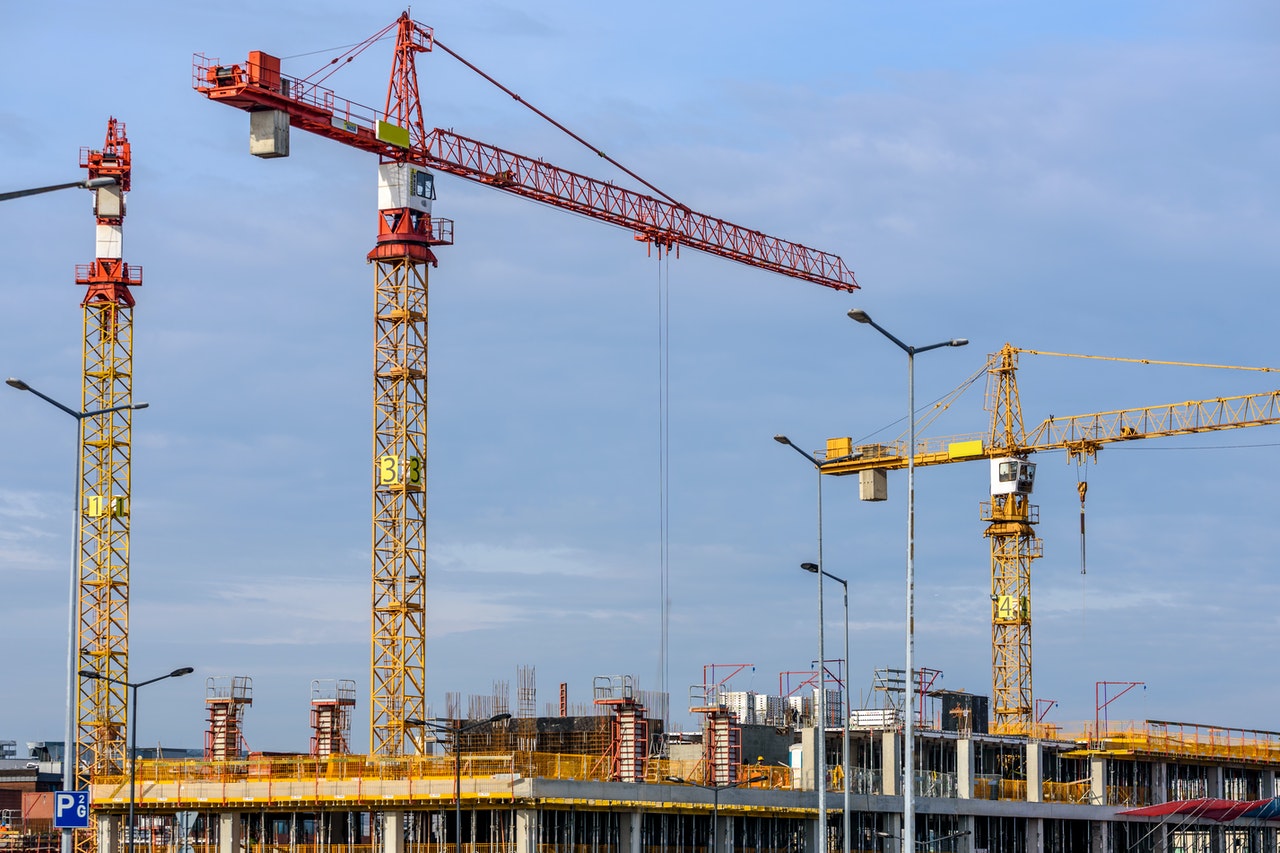
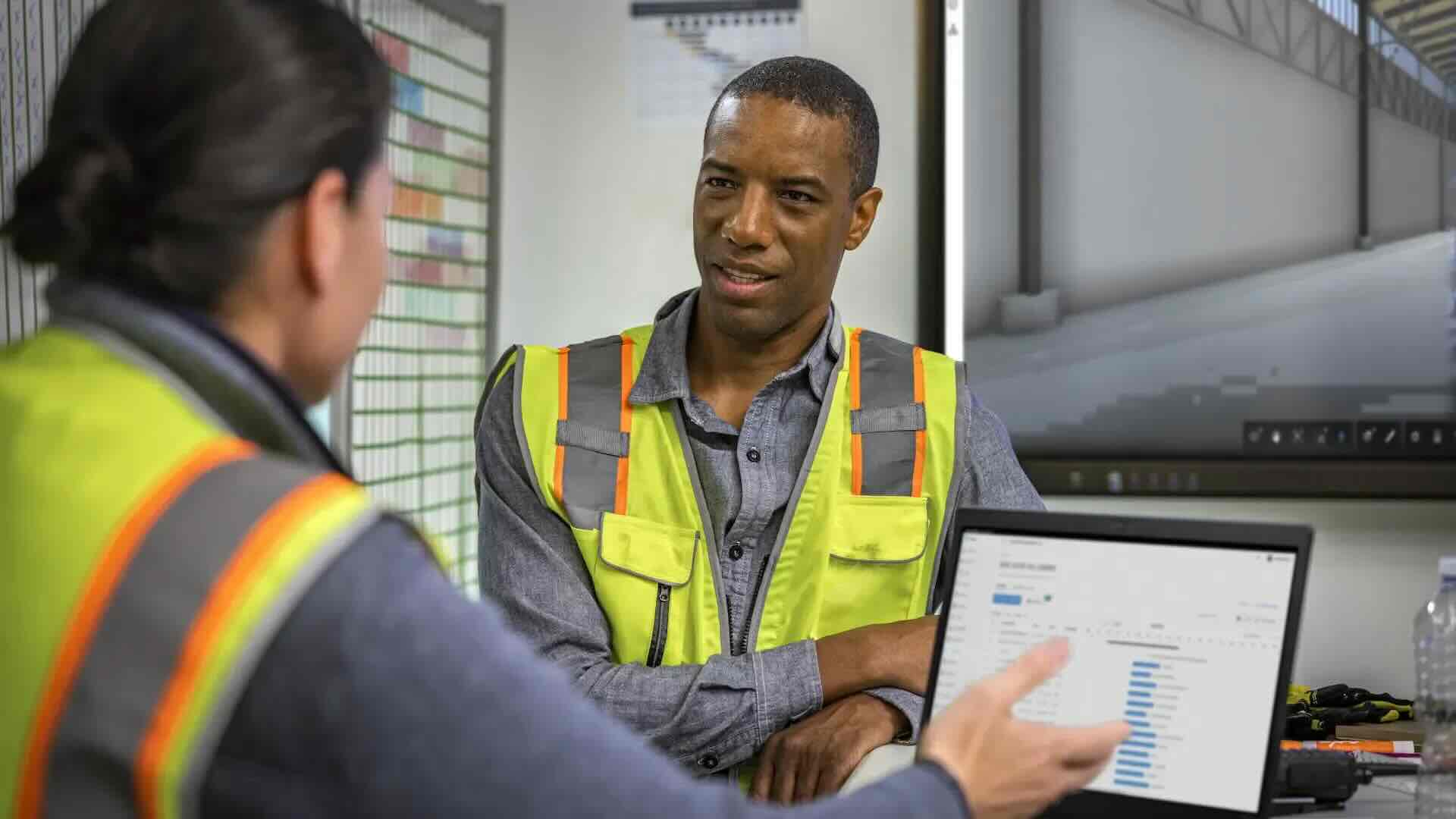

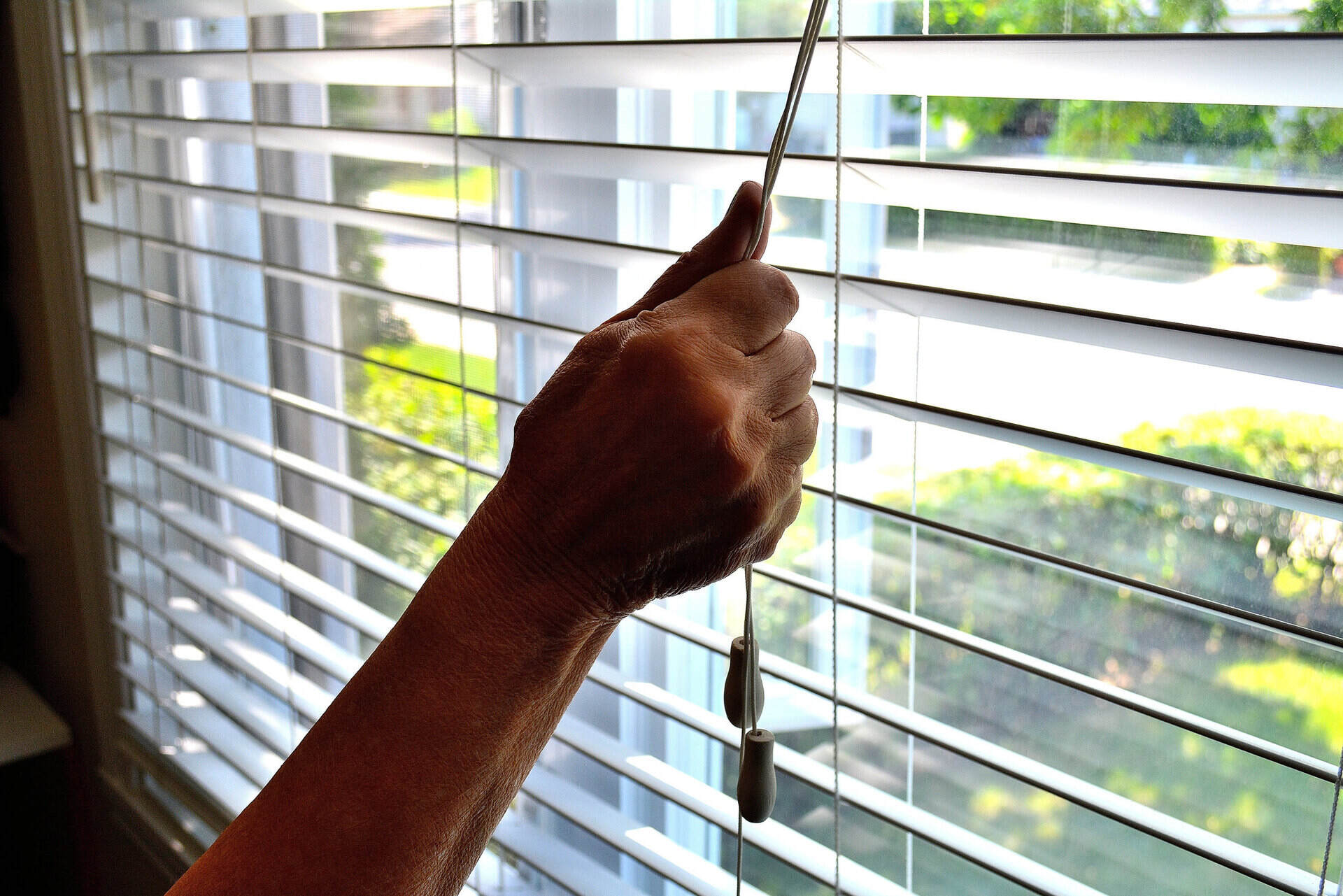
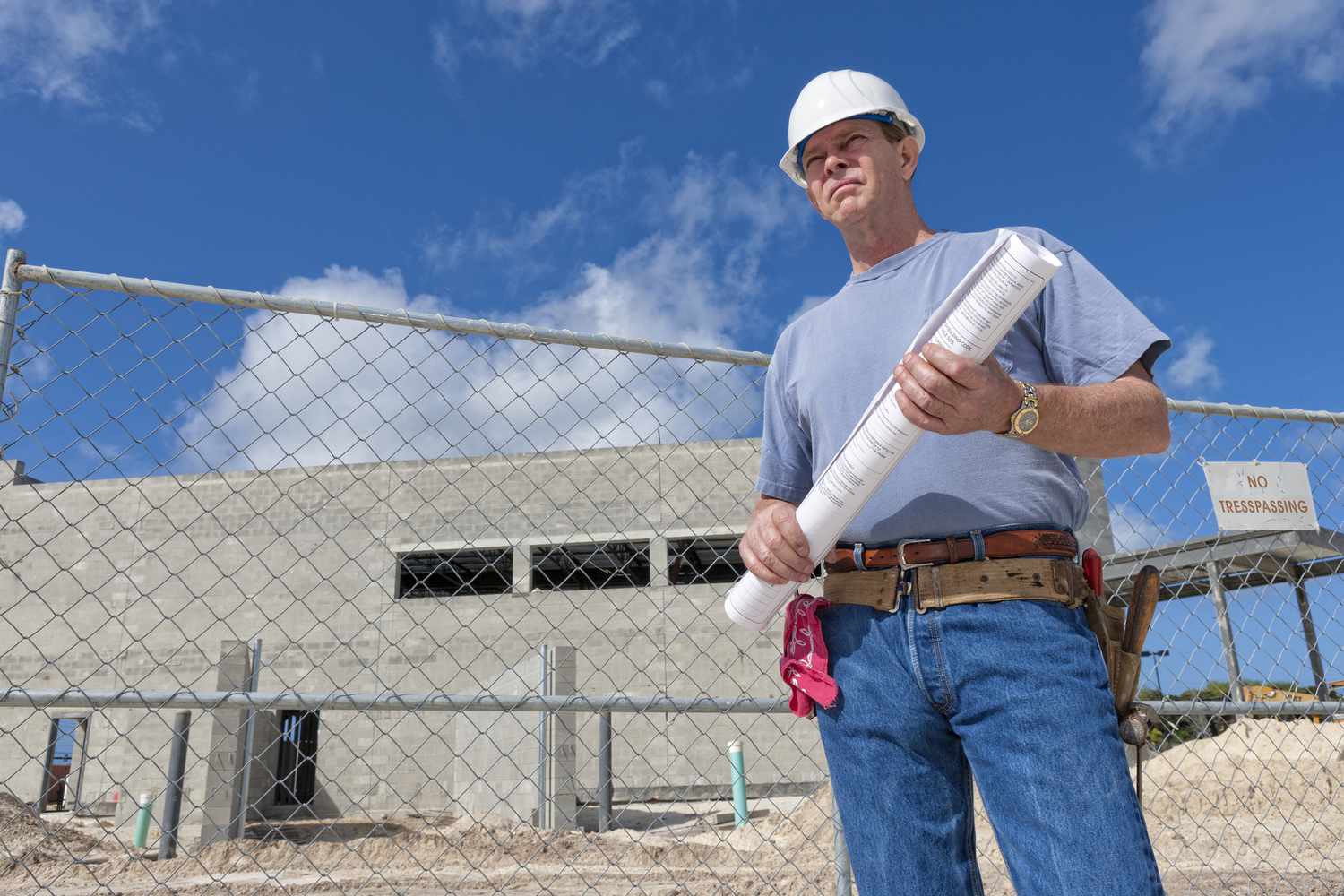
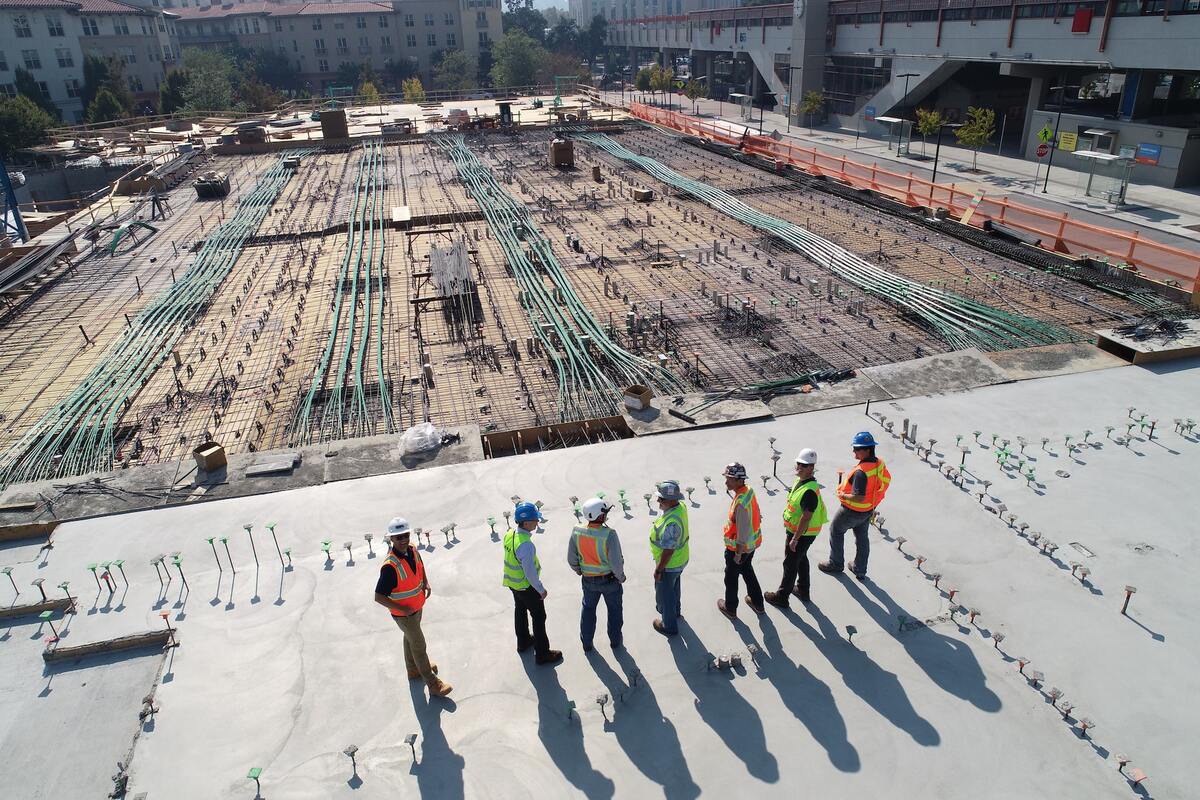
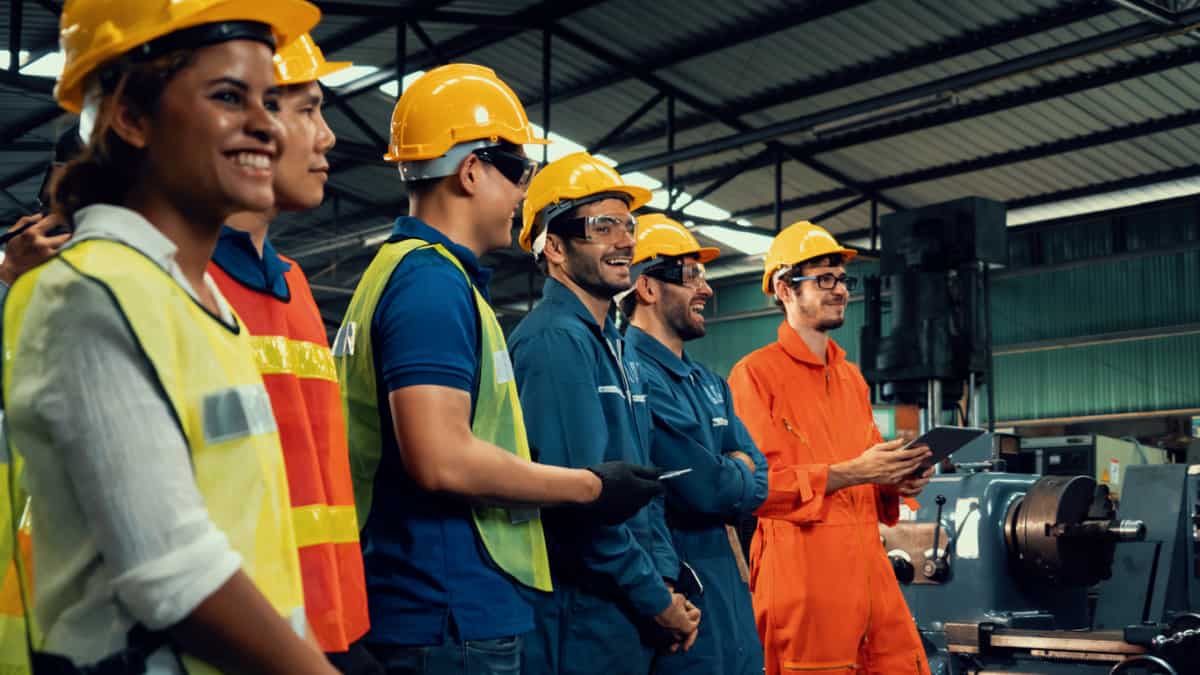
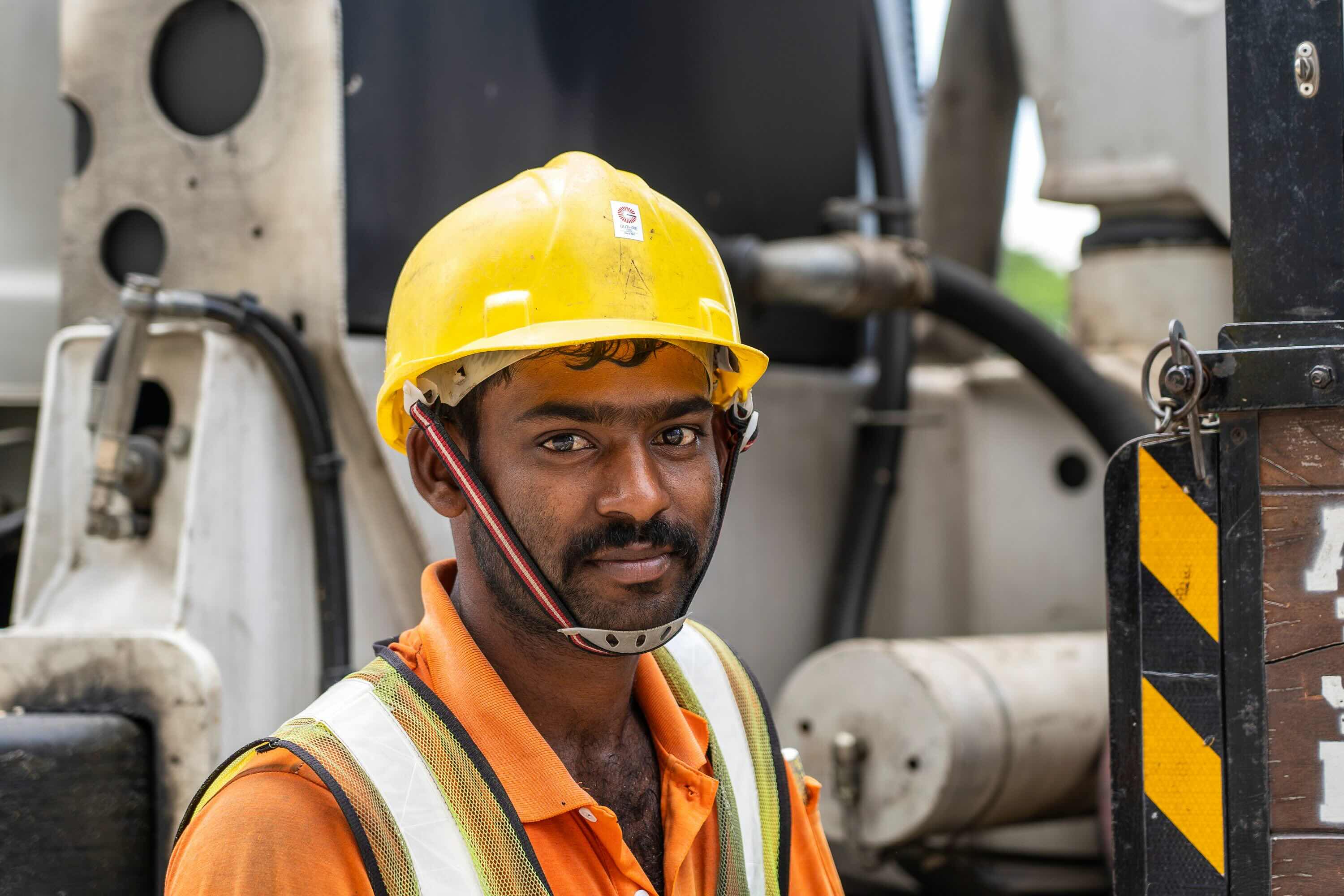
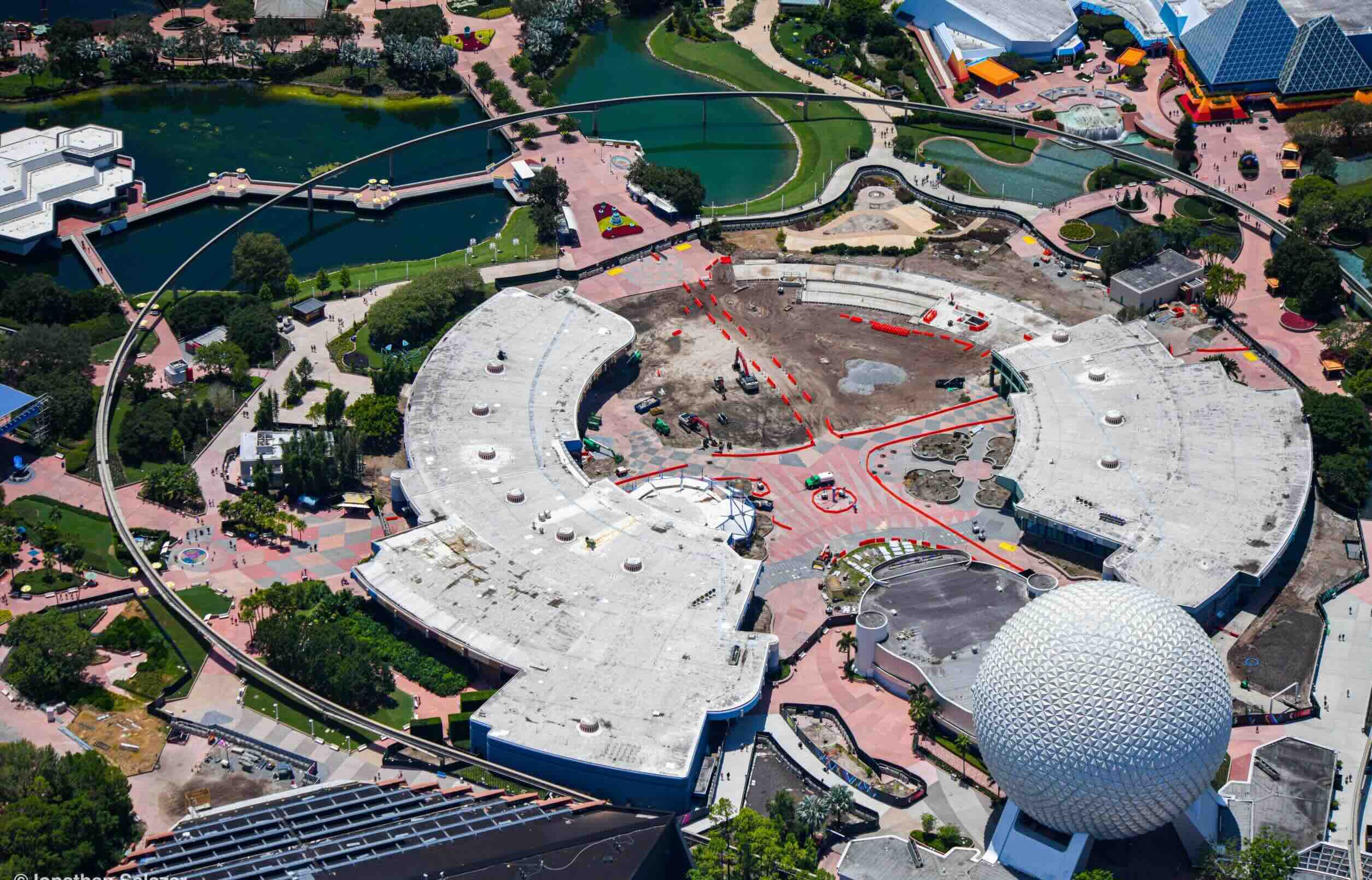
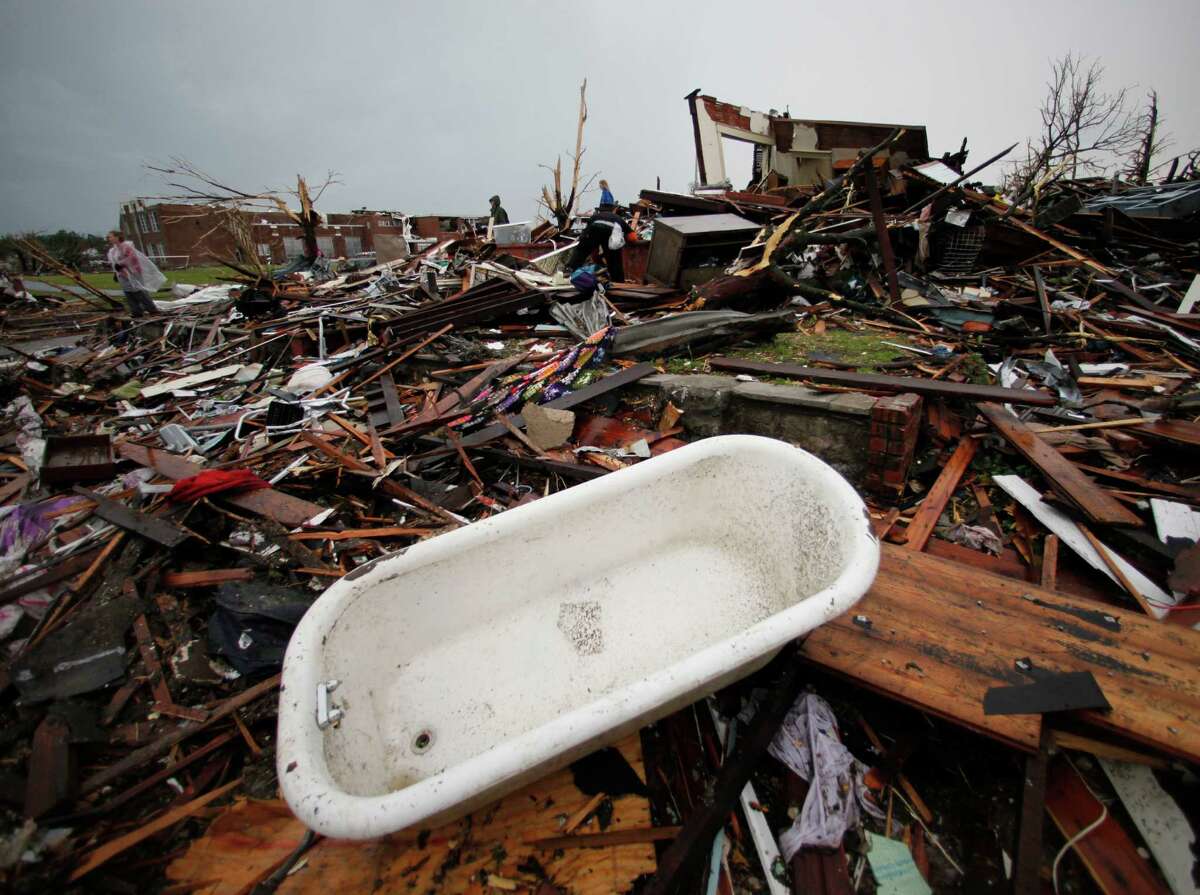
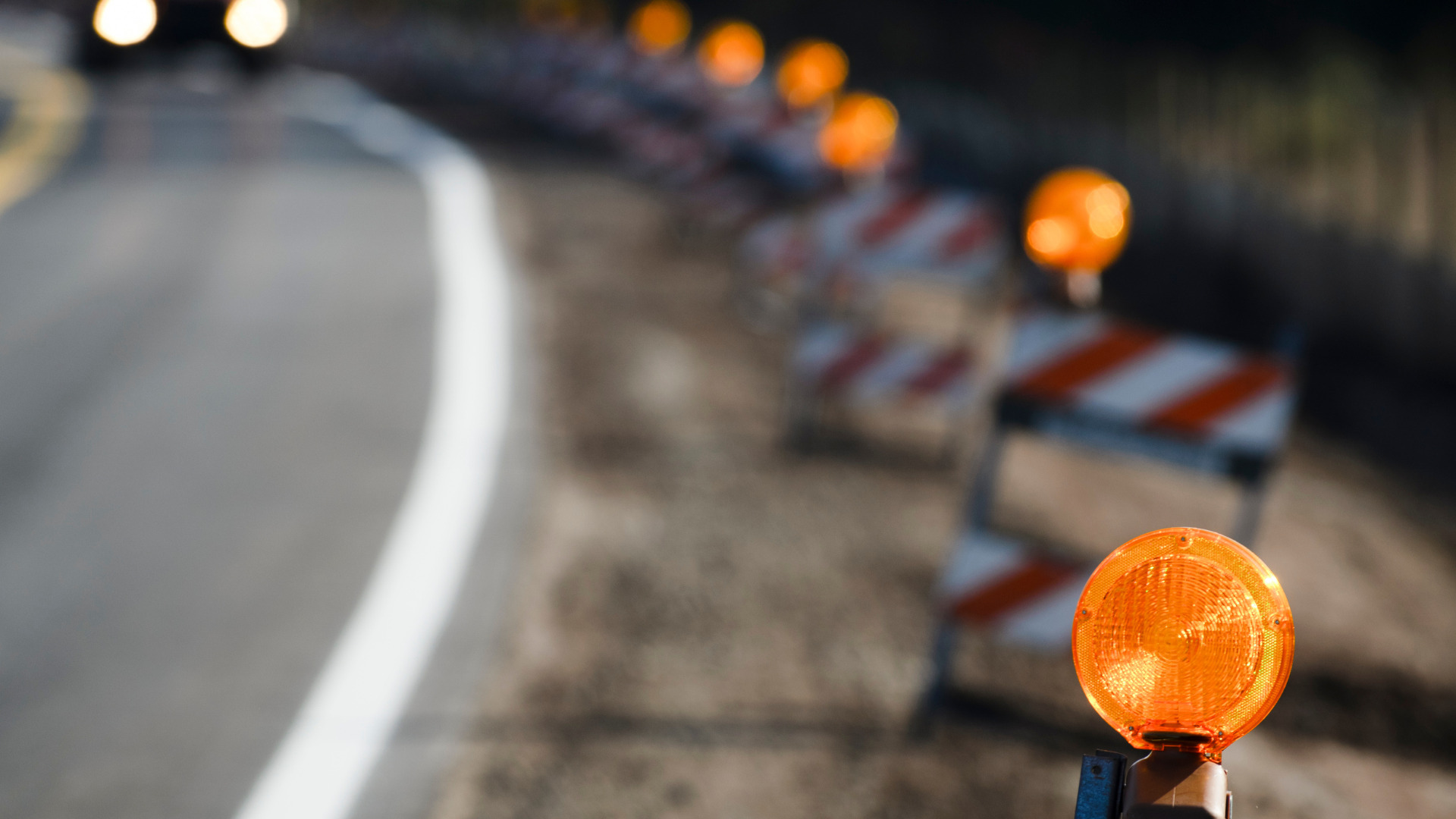

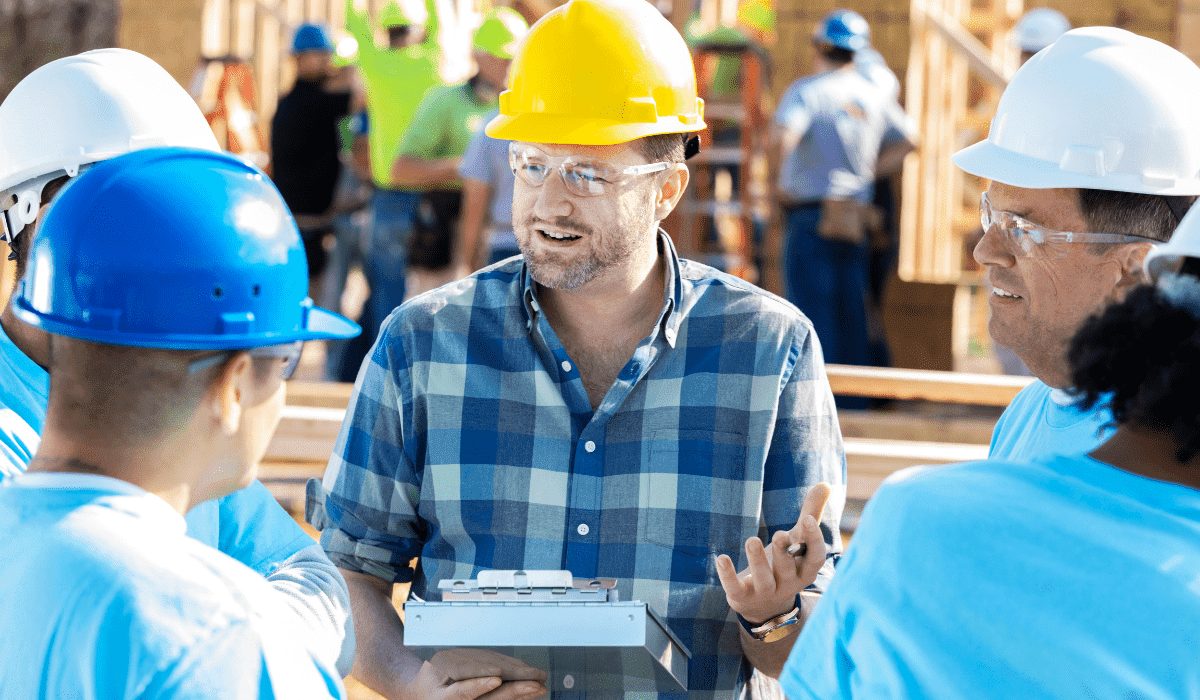

0 thoughts on “How Fast Do You Go In A Construction Zone”